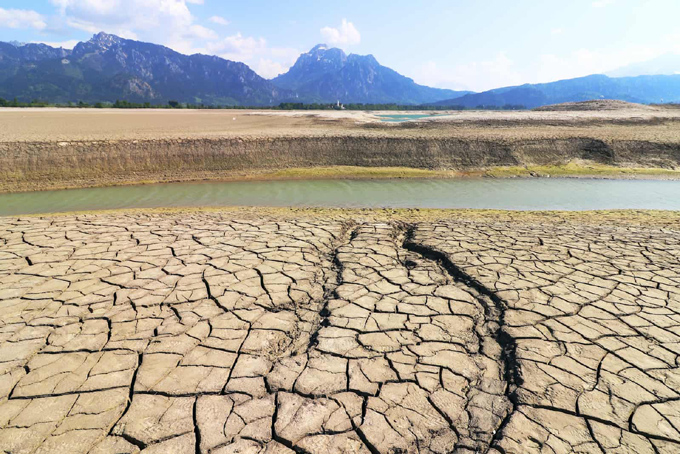
In this article, PetroStrat Geologist John Cater reflects on his 40 years’ experience in the field, comparing the subtle differences and various improvements that fieldtrips have gone through since the early 1980s when John first started!
Field trips have changed a lot over the years, but they remain essential to understanding the scale & complexities of oil & gas, geothermal and carbon sequestration reservoirs. There are many field outcrop locations scattered across the world (and some of the best are local to you!). Some can be visited independently. Others require rather more logistical and HSE organization, as provided on PetroStrat’s client trips to locations including Yorkshire, Portugal, Spain and Italy.
Location, location, location….
| Then | Now |
|---|---|
| Former Soviet Union | Portugal |
| Pakistan | Yorkshire |
| Afghanistan | The Cheshire Basin |
Locations have changed across the past two-hundred years, since geology’s humble beginnings in canal & train cuttings in jolly middle England. Now thanks to cheap international travel (& Google Earth), localities across the world can be viewed and visited at a fairly low cost. Some countries however remain off limits for a myriad of political reasons, whilst Covid and related problems may deter even the most intrepid rock-hound…
What to do when you get there..?
| Then | Now |
|---|---|
| Use a Jacob Staff | Use a drone (with a full UK/EU license) |
| Use a compass-clino | Use the app on your phone |
| Use an SLR camera | Video it all for upload to YouTube |
As geology has evolved so have field trips! Back in the ‘dark ages’ of field trips you had to manually take a dip and strike (would you believe?!?!). Nowadays youngsters prefer to download apps such as Midland Valley’s Fieldmove Clino, allowing for accurate and GPS pinpoint data across your field area – enabling realtime digital mapping and rose diagrams. Sometimes however, nothing can beat a pencil and paper in the dripping rain – at least it can’t run out of battery!
Necessary evils: essential safety provision
| Then | Now |
|---|---|
| A few litres of water and some malaria pills | Full medical back-up via an app |
| Proposed route map left with the hotel | GPS uplink with continuous feed to your website |
| Sunglasses | Mountaineering hard-hat and hi-vis vest |
Obviously, don’t do anything without obtaining a risk assessment from your HSE department first. If you are planning your own field trip: never go alone, stick to marked paths wherever possible and always follow good health and safety practice.
There are plenty of safe ways to view geology. If you do want to venture off the beaten path, the best way is to talk to your local Geological Society and ask if you can attend one of their field trips.
OK, but what’s the worst that can happen..?
| Then | Now |
|---|---|
| Lose your field notes | Lose your mobile signal |
So what’s stopping you? Get out there, enjoy the sun and the fresh air, and look at some rocks!
KeyFacts Energy Industry Directory: PetroStrat
 KEYFACT Energy
KEYFACT Energy